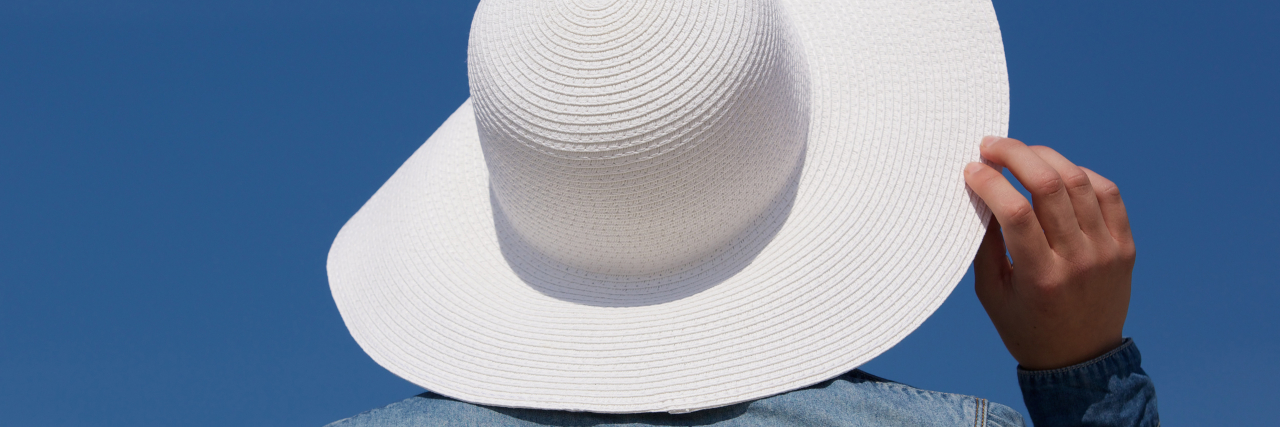How I'm Learning to Love My Treatment Options With Solar Urticaria
There is no cure for solar urticaria. There is no real treatment besides avoiding the sun, which can prove impossible in an active, normal life.
While reactions are nearly inevitable even in cold, cloudy Michigan, I can reduce the frequency and severity by taking precautions. For a while I struggled with these precautions. Now, I’m learning to love them.
The two biggest ways I protect myself are with clothing and window film on my car.
The window film was never a touchy subject for me. I take one of two cars (working on upping it to three) everywhere I go because we’ve invested in UV filtering window tint that protects my skin. It’s easy. It’s low-stress. I love it.
Clothing was a harder pill to swallow.
I was officially diagnosed with solar urticaria at age 17, after about six years of having frequent reactions. Any woman can tell you that 17-year-olds don’t have the greatest self-esteem, and realizing that I had to cover my skin to avoid getting sick wasn’t easy to get my head around. I used sunscreen extensively for a few years, staining everything I owned, giving myself chemical burns. And then finally, when I was overtired and using a dish sponge to scrub the sunscreen residue off my skin one night, my older sister handed me a maxi dress and a cardigan from her closet.
“Try it,” she said.
I did.
It worked.
But I wasn’t comfortable in it. Not yet.
It took another two years for me to get comfortable in my long sleeves and maxi dresses. I grew my pixie cut out long because I felt it matched the “look” better. I embraced the fact that my milky skin and floor length skirts had an archaic, artsy vibe. I started adding graphic tees under my chambray blouses and knit cardigans, wearing Stevie Nicks-esque, long-sleeved, hippie dresses, realizing that it was really no more limiting than most people’s “uniform” of jeans and tops.
I added sun hats soon after — finally finding one I liked, one that made me feel confident.
After sun hats I started using parasols — usually when I hiked and a sun hat would have kept too much warmth in and risked heat exhaustion, but sometimes as an everyday precaution too. It took a while for me to get comfortable with how much space it took up as I would walk with one. I’m still not used to people earnestly pointing out to me that it’s not raining, but eventually I realized that a strategy that provided heat reduction and UV protection was too good to pass up.
And after parasols, after one too many mild reactions after spending time in fluorescent light, I started wearing headscarves. I was uncomfortable with it at first. More uncomfortable than I’d been with the maxi dresses, and more uncomfortable than I’d been with the hats or the parasol. Because I started wearing headscarves when I lived — not home in a big city — but in a rural college town, it didn’t seem as though my campus had ever considered the idea, let alone seen it. I felt eyes on me all the time.
Little by little, especially now that I’m done with school and back in the city, I’m learning to love this newest treatment option too.
If you’re looking for good resources and options for covering your skin, I recommend the following:
For bathing suits: Lands End
For hats: Braxton (casual) Moosejaw (athletic)
For maxi dresses: Pink Blush, Asos, Banana Republic, Gap, Macy’s Verona Collection
For scarves: Ann Taylor, Ann Taylor Loft

